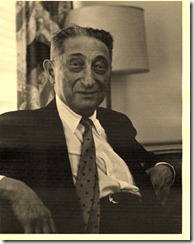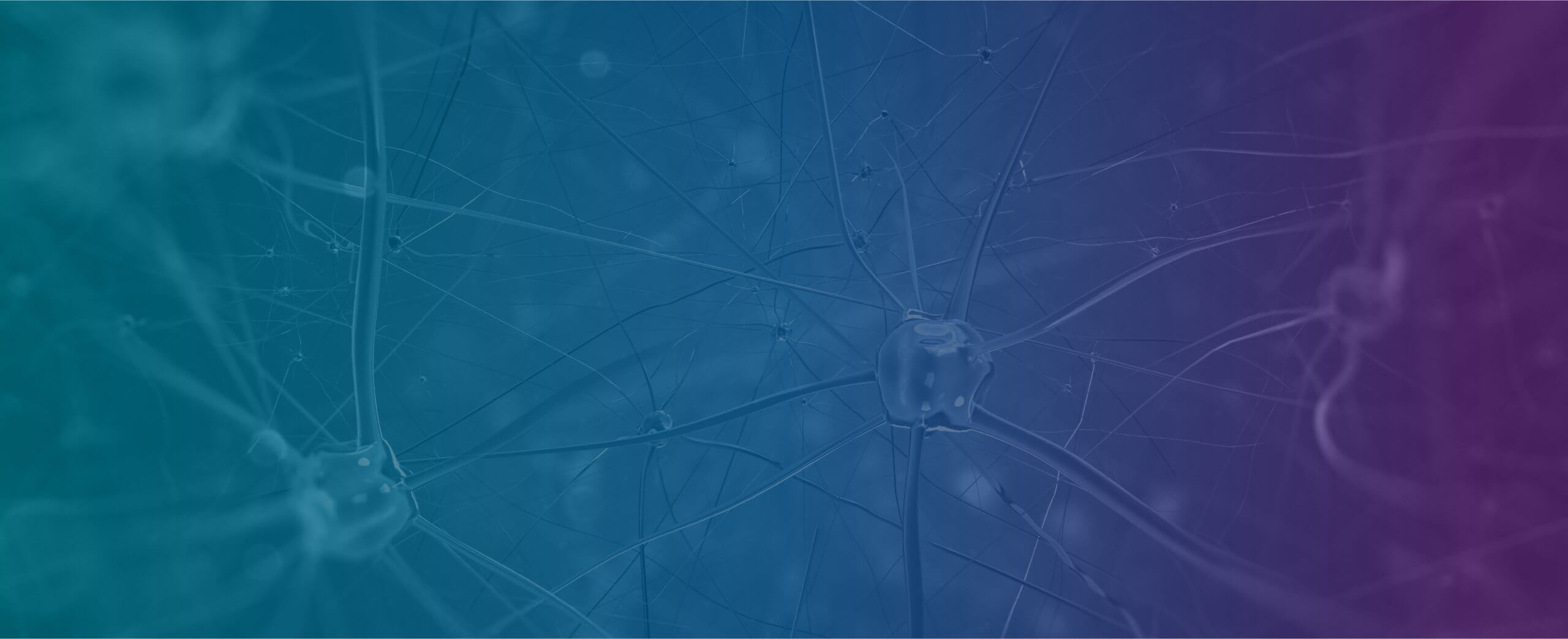- Last Updated
- Posted by
- Anxiety and Phobias, Relaxation Techniques
Progressive Relaxation & Worry

Copyright © Donald Robertson, 2012. All rights reserved.
Edmund Jacobson was a professor of physiology who developed the technique of Progressive Relaxation in the 1920s based on his research on muscular tension and relaxation. This article looks in more detail at how the general skill of Progressive Relaxation was originally applied to the treatment of phobic anxiety and worry. Jacobson studied the activity of muscles directly in his physiology laboratory, using a device specially designed for the purpose. He taught patients to systematically release tension by first learning to observe it more closely, a process known as “cultivation of the muscle sense.” Jacobson recommended that patients should try to become aware of how they unconsciously tense muscles in anxious situations or when worried and learn to respond by doing the opposite and selectively releasing all the tension from those parts of the body. Writing of pathological phobias, Jacobson says:
It is not considered sufficient in treating such a condition through relaxation for the patient to learn to be relaxed merely when lying down. Rather, it seems necessary for the patient to learn to recognise when and where he is tense during the experience of fear and to relax the localities involved. This is differential relaxation.
Jacobson, 1976: 56
A similar strategy is employed in the treatment of more abstract fears:
In training nervous persons to relax, the patients are directed, as previously indicated, in methods of observing what they do subjectively when they worry. They note tensions of which, as they assert, they have previously been unconscious.
Jacobson, 1976: 57
According to Jacobson, when asked to monitor the location of bodily tensions during worry, subjects typically report faint sensations in the muscles around the eyes, as though looking at an image of the problem being worried about, or in the muscles involved in speech, as if they were saying the verbal thoughts that constitute part of the process of worry.
Jacobson found that when asked to monitor their physical sensations carefully during mental activity, his subjects almost always reported faint tension sensations around the eyes when picturing mental images and in their tongue, lips and throat when thinking in words, e.g., mentally reciting a poem. While these muscles were completely relaxed, mental images disappeared and verbal thoughts could not be continued. He claimed that all thinking, in words or images, entails muscular action normally so slight as to be invisible. He and his colleagues collected scientific evidence that appeared to demonstrate that thinking is accompanied by minute muscular tensions and movements, a miniature physical version of talking aloud and looking around.
When you think or worry or are excited, you see things in imagination or say things to yourself. According to numerous observations, by finding what region is tense and relaxing it promptly you mechanically remove the disturbing activity.
Jacobson, 1976: 124-125
This is a remarkable claim and others have disputed the notion that muscles are always involved in thinking. However, it’s easy to observe that when engrossed in thought, e.g., when worrying intensely, certain people often tend to make slight hand gestures, change their facial expression, or even mutter under their breath, as if engaged in a “muted” version of normal speech and action in response to some imagined situation. It’s also true that people often report their thoughts diminishing as they relax their body deeply, particularly the muscles of the face. Note that when people merely relax superficially their thoughts often become more vivid or rapid. However, deep muscle relaxation of the face, neck, and head, tends to be experienced differently and people often feel as if they are falling asleep. Jacobson reputedly said, “It might be naïve to say that we think with our muscles, but it would be inaccurate to say that we think without them” (McGuigan & Lehrer, 2007: 58).
‘Try it now’: Relaxing the Jaw and Internal Speech
It’s possible to relax your jaw and the muscles of speech and still engage in internal dialogue, if you do so superficially, but what happens if you really relax these muscles much deeper than normal, trying to make them completely limp and slack?
- Tense your jaw by clenching your teeth moderately for about ten seconds.
- Then take a deep breath, hold it for a moment, and relax your jaw and face completely. Let your jaw hang slack as though you’ve been knocked unconscious, which should mean your teeth part, and perhaps that your lips part slightly. Let go completely for about 30-60 seconds.
- Repeat this about three times in total, trying to release the jaw muscles, and relax the rest of the face, and all the muscles used during speech, more completely each time.
- Now continue to let go of the muscles completely but try to spell the (arbitrary) word “RHINOCEROS” in your mind.
Notice if this seems more difficult than normal, or if it takes longer to get started or to complete the word. If so, consider the implications that this specific type of physical relaxation might have for controlling negative thoughts, particularly unnecessary worry.
Releasing Tension & Worry
Tension control is therefore intended as a form of mental self-control, by controlling the muscles involved in speech and vision, and other subtle tensions associated with mental processes. Stopping thinking, in this sense, resembles stopping talking aloud, only it involves letting go of tension and activity in the muscles more deeply. Jacobson’s primary solution to “mental” problems, such as worry, is therefore to carefully pay attention to the subtle muscular tensions occurring during the process, especially around the region of the eyes and forehead, and the apparatus of speech, and to “let go” of those tensions completely, which he was confident would eliminate the associated thoughts and emotions.
Observation on worried patients suggests that their moments of concern involve particularly often the knitting of the brows, although this tension occurs commonly in most persons when they are thinking actively or facing relatively bright light. It may be of interest for you to note how often this tension occurs in persons you meet. Darwin considered tension in this region significant, noting that the animal which frowns or contracts his brows is meeting difficulty. Under this assumption, if a worrisome patient reports or seems to show such tension more or less habitually, he is drilled particularly in relaxing this region.
Jacobson, 1976: 58
In other words, Darwin had observed that knitting the brows is a long-standing evolutionary response to encountering problems, shared with many of our animal ancestors. Even in relation to quite abstract thoughts, such as contemplating the idea of “infinity”, Jacobson claimed that measurable tension occurred in the muscles associated with speech, as if words were being spoken.
‘Try it now’: Relaxing the Eyes & Mental Imagery
You’re going to mentally picture (“visualise”) your finger moving horizontally, from right to left across your field of vision, while closely observing the movements in your eyes and even the faintest sensations in the muscles.
- Start by actually moving your index finger before your eyes a few times, slowly, observing the changing sensations in the muscles around your eyes as you track your finger with your gaze.
- Now close your eyes and just visualise your finger moving slowly across your field of vision several times, paying close attention to the muscles around the eyes to detect any slight tension or movement.
- Now picture your finger being held stationary in the centre of your field of vision and notice any slight sensations in the muscles again.
- Now picture your finger moving horizontally, as before, but much more quickly, notice how your eye muscles are involved.
- Now wrinkle your nose and squeeze your eyes tightly shut for about 10 seconds. Take a deep breath and let go of the tension completely. Keep letting go more deeply on each exhalation of breath, for about 30-45 seconds. Repeat this cycle 2-3 times, progressively letting go of tension in the eye muscles more deeply and completely each time.
- Once your eye muscles feel completely relaxed, keep letting go and avoid tensing them, while you try to picture your finger moving slowly across your visual field once again.
You should find that it’s difficult to picture the image while the muscles are completely relaxed and hence that by relaxing your eye muscles you can eliminate mental imagery, or by controlling your eye muscles, influence the speed of imagery, etc. (McGuigan F. J., 1981, pp. 182-188)

